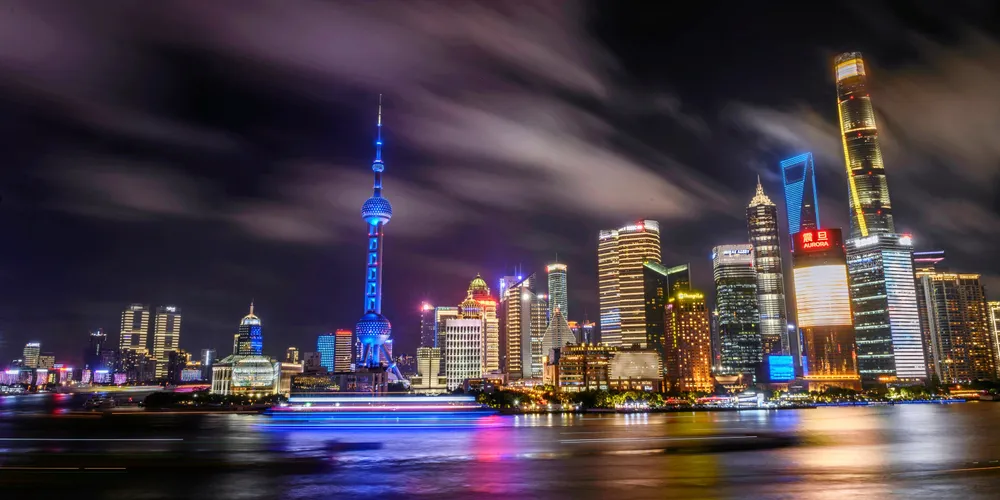Shanghai goes all-in on hydrogen, with plans for H2 port, pipelines and trading platform
Local administration unveils moves that would effectively make the world's third-largest city the centre of China's clean hydrogen ambitions

Local administration unveils moves that would effectively make the world's third-largest city the centre of China's clean hydrogen ambitions
